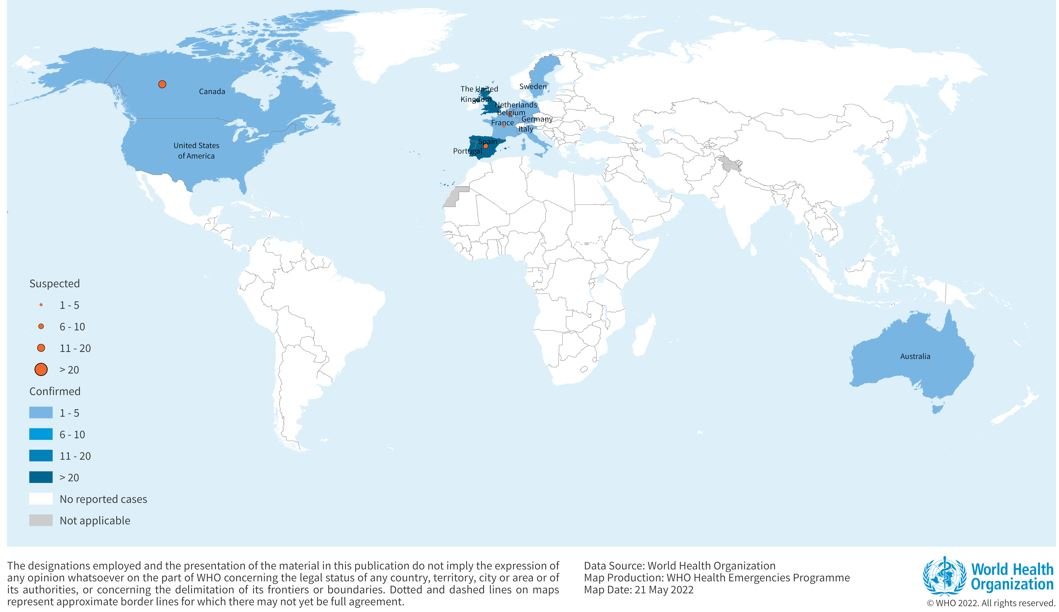Genetic Testing: methods and benefits. 11th January 2021 – Tags: Biochemical, Biochemistry, DNA, genetic testing bioethics, genetic testing coding, genetic testing fetus, genetic testing stocks, PCR, Protein function, RT-PCR
Genetic testing is a type of medical examination that identifies any changes in chromosomes, genes, or proteins. After getting its results, we can confirm or reject a suspected genetic disorder. In fact, the analysis also determines the risk of developing or passing on a genetic disorder.
Methods of Genetic Testing
First, there are several methods of Genetic Testing. The most common types depend on the level of a measured abnormality. For instance, there are three methods that include biochemical testing, cytogenetic testing, and molecular testing. These tests detect abnormalities in protein function, chromosome structure, and DNA sequence.
The Cytogenetic Testing
Second, cytogenetic testing detects irregularities in chromosomes. To illustrate, the chromosome of a human cell is processed in white blood cells, especially in the T-lymphocyte. Then, we collect the cells from the bone marrow, amniotic fluid, and other tissues and use them for cytogenetic analysis. After several days of cell culture, the chromosomes fix, spread on a microscope slide, and stain. Finally, we analyze the chromosomes individually and the ones with abnormalities are detected.
Biochemical Genetic Testing
Third, Biochemical testing examines protein function instead of the gene. Namely, we know most genetic diseases as innate errors of metabolism and disrupt a metabolic pathway. Therefore, the test measures protein activity (enzymes), level of metabolites, and the size or quantity of protein (structural protein). The test requires a tissue with a protein present in the blood, urine, amniotic fluid, or cerebrospinal fluid. Since proteins are weaker than the DNA, they usually degrade quickly. Consequently, we must collect the sample and store it correctly.
Molecular Genetic Testing
Next, molecular Testing analyzes the DNA sequence for even small DNA mutations. In fact, it is the most effective method that bases on protein. On the other hand, it is impossible to take a biochemical test. We can do the DNA test on any tissue sample and it only requires a small amount of sample.
Additionally, we can apply several different molecular technologies to perform the test. That includes direct sequencing, polymerase chain reaction-based assays (PCR), and hybridization.
Real-time Polymerase Chain Reaction (rt-PCR)
The Polymerase Chain Reaction (PCR) is a low-cost, flexible technique. Specifically, Real-Time PCR adds another dimension to genetic testing. Hence it is a simple enzymatic assay that allows for the amplification of a specific segment of the DNA, the part of the DNA amplifies into many more copies. Therefore, we can analyze these using conventional laboratory methods.
PCR gave birth to real-time PCR for the detection and analysis of genes in real-time. Therefore, we use the technique via quantitative genotyping, genetic variation, early diagnosis of disease, or forensic. Besides, the technology detects PCR during the reaction. With Real-Time PCR, it is possible to do quantitative genotyping and to detect single nucleotide polymorphisms. These include allelic discrimination and genetic variations in a small sample carrying the mutation. Furthermore, the technology is useful for gene identification and it bases on fluorochromes. Also, the analysis of the melting curves of the amplified products is crucial. In brief, the technique depends on the correct use of calibration and reference materials.

|
|
||||||

|
|
||||||

|
|
||||||
Why is the RT PCR essential?
To illustrate, through Real-Time PCR, we obtain information inferable from multiple conventional PCRs. It is possible to monitor the therapeutic intervention and individual response to drugs thanks to the application of Real-Time PCR with other molecular techniques. In fact, real-time allows detection of PCR amplification during the early phases of reaction. In the same way, measuring the kinetics reaction in the early stages of PCR provides an advantage.
Currently, Real-Time PCR is an essential technique for detecting and quantifying expression profiles of desired genes. The PCR technologies that we use for detecting species-specific primers are crucial in research. Besides, they provide complementary information on the biology of plant-microbe interactions. It is easier to understand how the genome creates different cell types and its contribution to specialized cell-functions. Also, how it contributes to the way cells interact with the environment.

|
|
||||||

|
|
||||||

|
|
||||||
Benefits of genetic testing
In the end, genetic testing has potential benefits, whether the results are negative or positive. It provides relief from uncertainty; therefore, people can make conscious decisions about their health.
References
Deepak, S., Kottapalli, K., Rakwal, R., Oros, G., Rangappa, K., Iwahashi, H., Masuo, Y., & Agrawal, G. (2007). Real-Time PCR: Revolutionizing Detection and Expression Analysis of Genes. Current genomics, 8(4), 234–251. https://doi.org/10.2174/138920207781386960
Genetic Alliance; District of Columbia Department of Health. Understanding Genetics: A District of Columbia Guide for Patients and Health Professionals. Washington (DC): Genetic Alliance; 2010 Feb 17. Appendix C, Genetic Testing Methodologies. Available from: https://www.ncbi.nlm.nih.gov/books/NBK132150/
NIH-U.S National Library of Medicine. (2020). Genetic Testing. https://ghr.nlm.nih.gov/primer/testing/genetictesting
Video link: https://www.youtube.com/watch?v=WUQ2-n3h5LM







